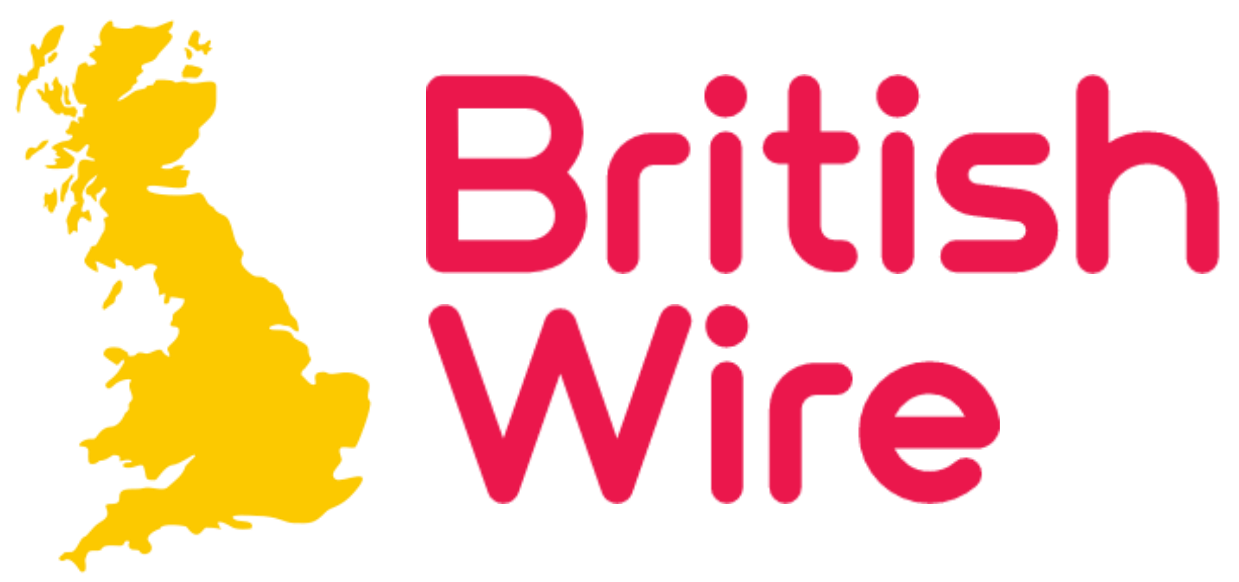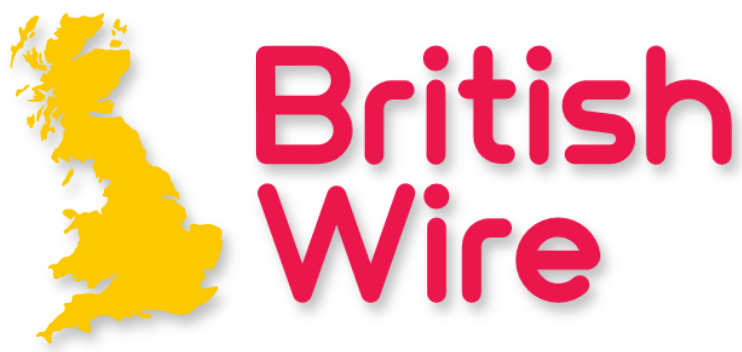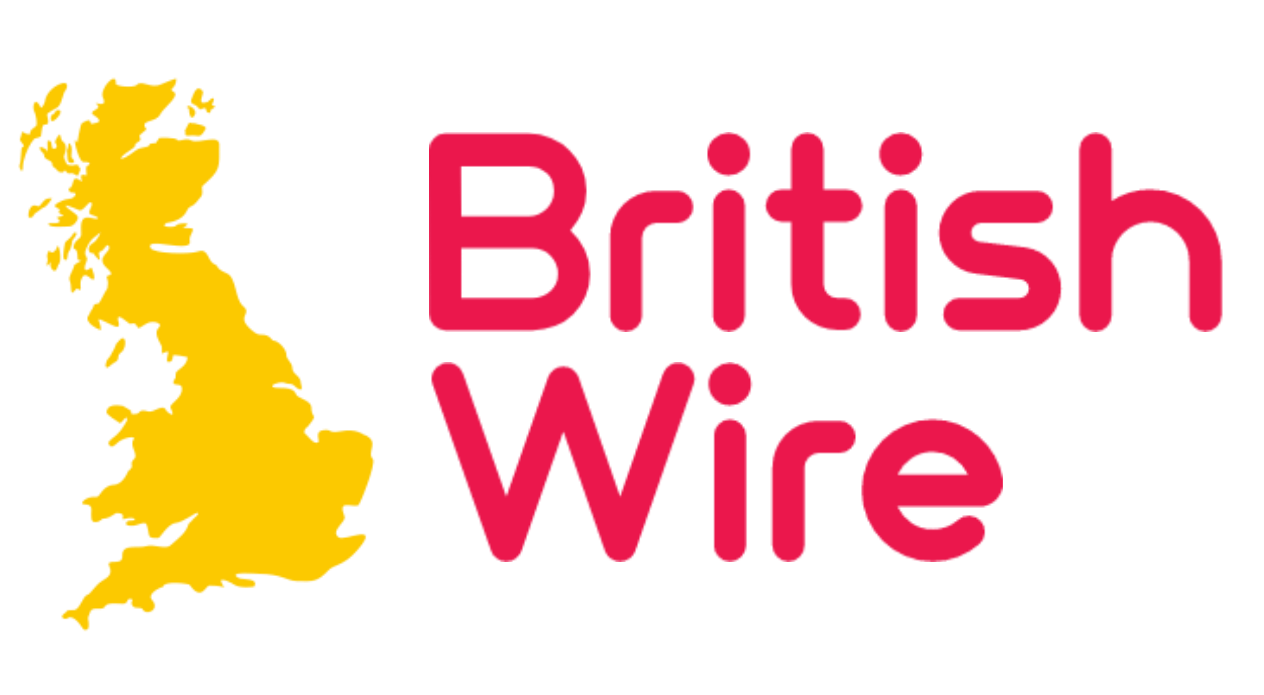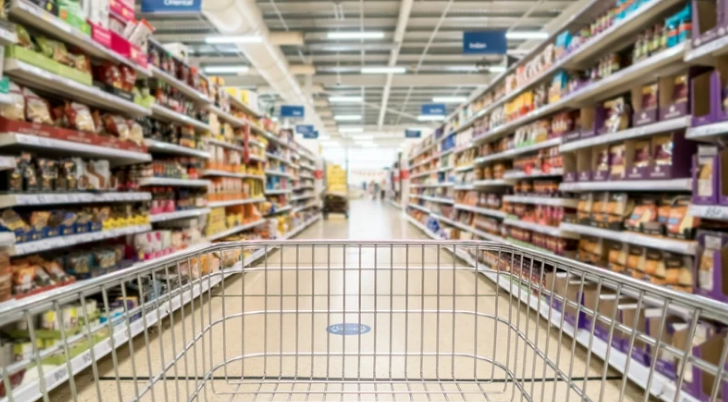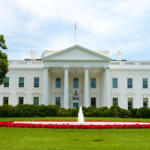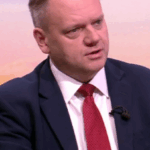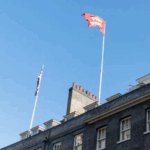Inflation in Ireland rose to 2% in the year to April 2025, marking a slight increase from the 1.8% annual rate recorded in March, according to the latest figures from the Central Statistics Office (CSO).
The modest uptick in inflation was primarily driven by rising food prices, which saw a monthly increase of 0.6% and a year-on-year rise of 3.1%. This contributed significantly to the overall increase in the cost of living, as measured by the EU Harmonised Index of Consumer Prices (HICP), a key benchmark used to compare inflation across euro zone countries.
The rise brings Ireland’s inflation rate in line with the European Central Bank’s medium-term target of 2%, and slightly below the euro zone average of 2.2% for the 12 months to March.
While food prices continued to climb, energy costs helped to offset some of the broader inflationary pressure. Energy prices fell by 0.3% in April and were down 1.7% compared to the same month last year. The decline is attributed in part to a significant drop in global oil prices, which have eased in recent months following supply stabilisation and weakening global demand.
Despite the overall increase in inflation, the figures suggest that price growth remains relatively contained after surging in previous years due to supply chain disruptions and energy market volatility. Analysts note that the current inflation level reflects a more stable economic environment, although rising food costs remain a concern for many households.
The CSO is expected to release more detailed breakdowns of price changes across sectors in the coming weeks. Economists will be watching closely to assess whether inflation continues to edge upward or stabilises near current levels, particularly as the European Central Bank prepares to review interest rate policy in the context of slowing economic growth across the euro area.
For consumers, the rising cost of groceries remains a pressure point. While energy bills have eased, the continued increase in essential goods such as food may limit the impact of overall inflation stability on household finances.
The latest inflation figures come at a time when policymakers are focused on balancing economic growth with cost-of-living pressures, as wage growth and spending habits adapt to shifting price dynamics.
